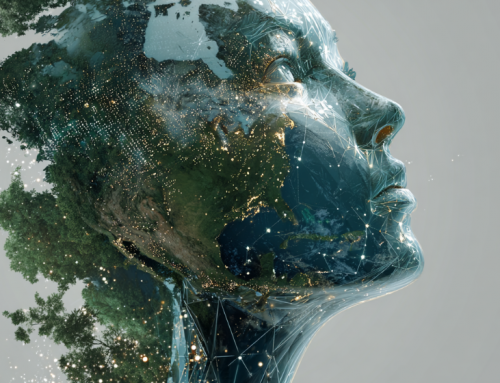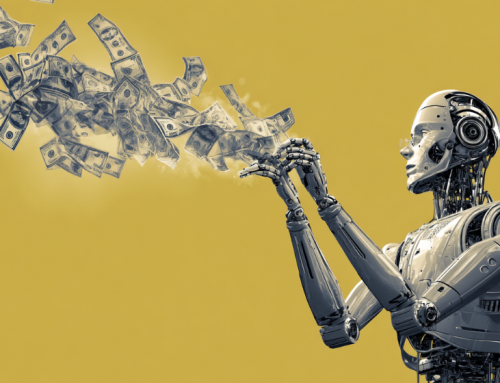VR Museums: the Next Best Thing
The National Museum of Singapore has kicked off a year-long project entitled Digimuse, a virtual reality adventure is second to none, according to Mayo Martin, writing for Channel News Asia in its Lifestyle section. He described his visit to the Singapore museum this way.
SINGAPORE: I’m staring directly into the stern eyes of the Roman god Jupiter.
Resisting the temptation to reach out and touch his golden robe, I look down to see that I’m hovering in mid-air in front of this marble and bronze colossus from the first century. All around the room, other ancient statues of gods and emperors beckon.
I take off my headset and I’m back to reality–surrounded by other people wearing similar headsets looking left and right, transported to other worlds.
In the article, Martin described the 18 VR experiences currently found in the museum’s basement. He visited “ancient Syria,” hitchhiked a ride with a cartoon artist, and then watched as a realistic UFO hovered overhead.
Now movies that utilize VR will feel much more realistic than the old 3-D films. The difference will be like night and day. Below is a digital film short featuring Google 360 with animation.
According to World VR Forum creative director Salar Shahna, who was also present at the Digimuse conference, the VR industry is only now slowly starting to make inroads into the mainstream. Technology has become cheaper and countries are slowly investing in VR, but it will take some time.
Shahna goes on to say, “when it comes to VR a lot of people say ‘I’ve tried VR and I know what it is.’ But you don’t say ‘I’ve seen a movie and I know what that is.’
Museums worldwide are instituting various special effects into their displays. Using techniques such as lasers, holograms and augmented reality to enhance your visit. For certain displays, this modern use of AI technology has led in some cases, to a 30 to 35% increase in foot traffic at the museum.
Much more awaits with this partnership of cultural centers and AI. Global audiences will be able to gain a better perspective of what made up our shared past and what makes up our world today. Everyone will be able to appreciate works of art from around the world, in a much more realistic way. It will be an experience that is just short of an actual “hands-on” event when examining an virtual Egyptian mummy, that is in a museum an ocean away. It will be nearly impossible to tell the difference. That’s an exciting prospect for the virtual visitor.








Leave A Comment